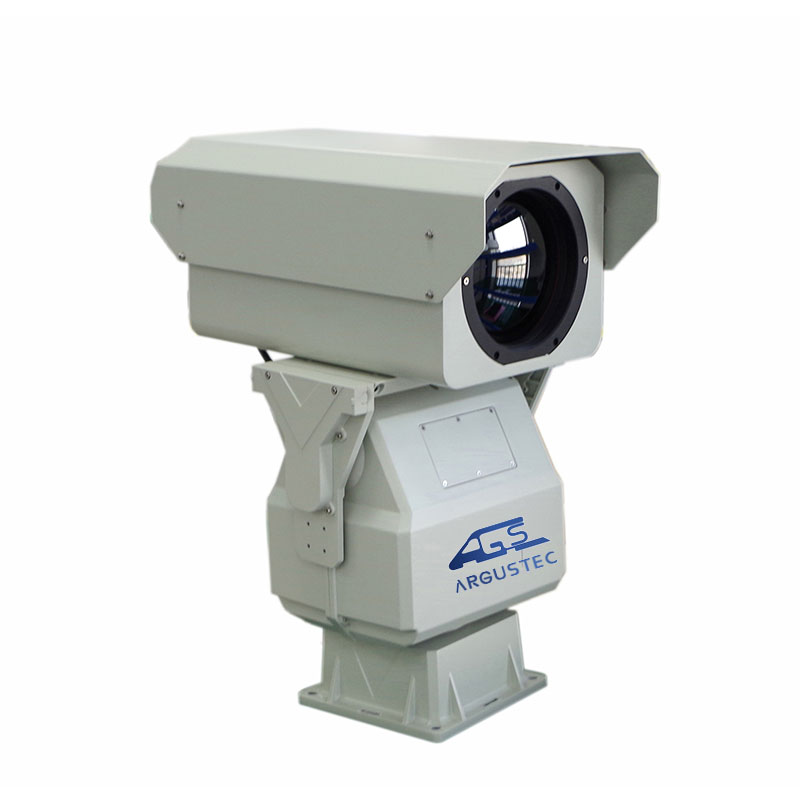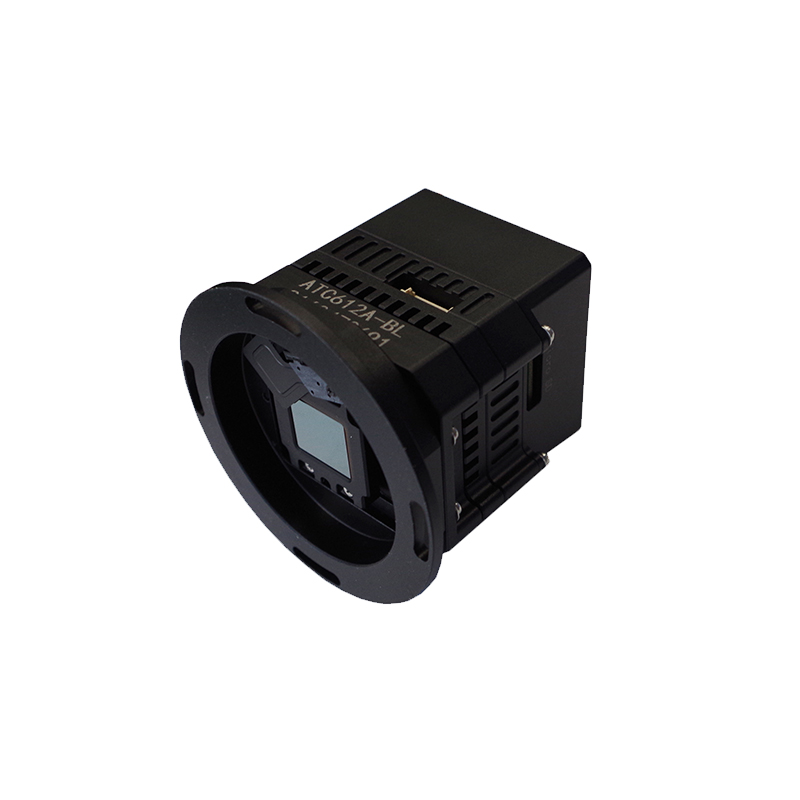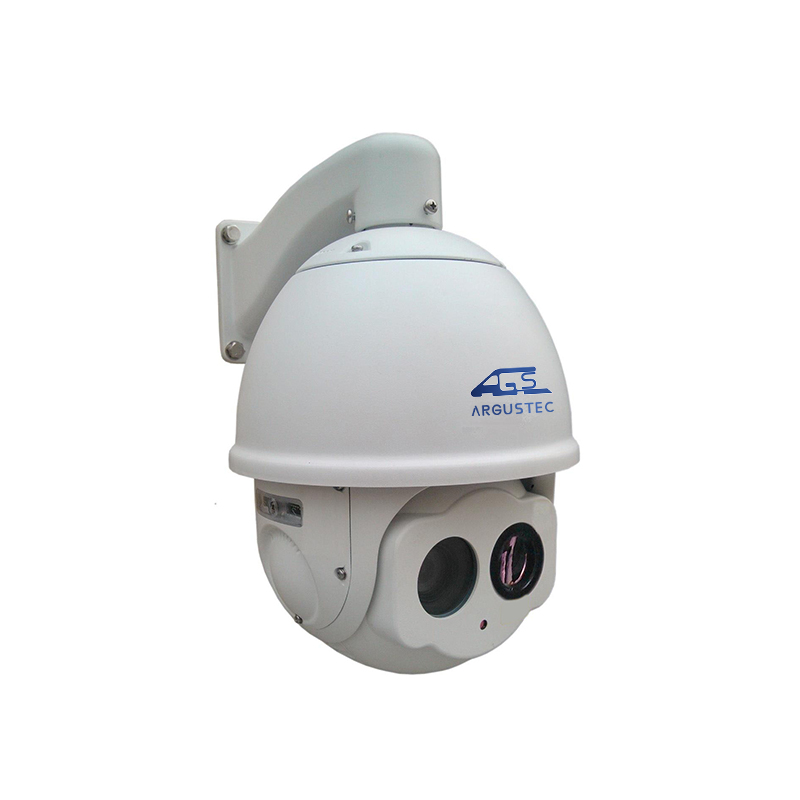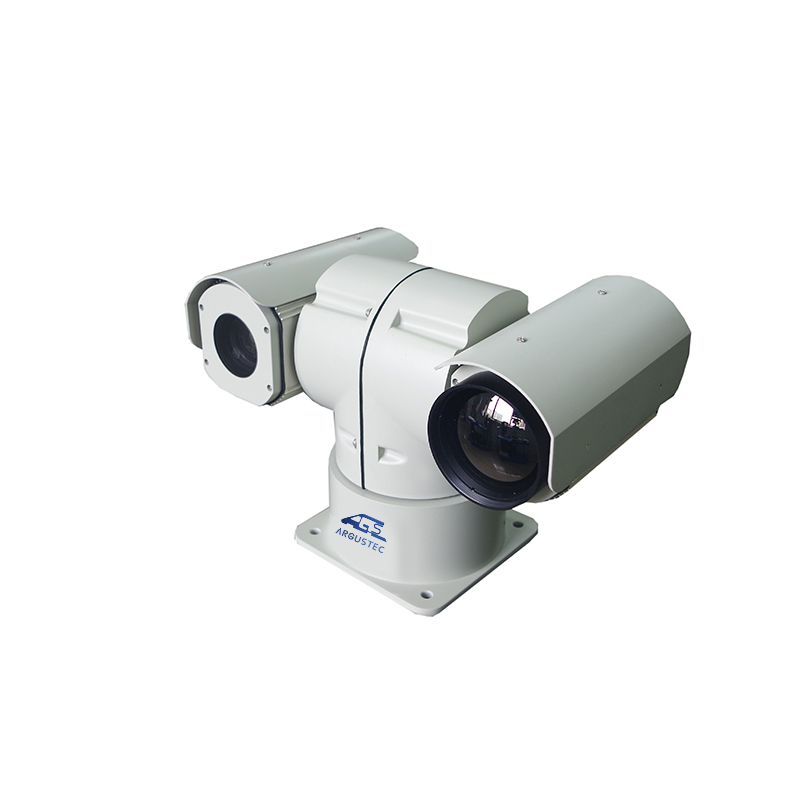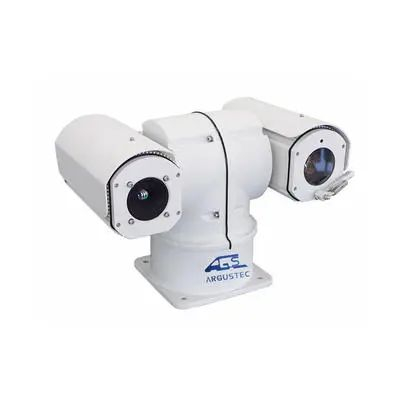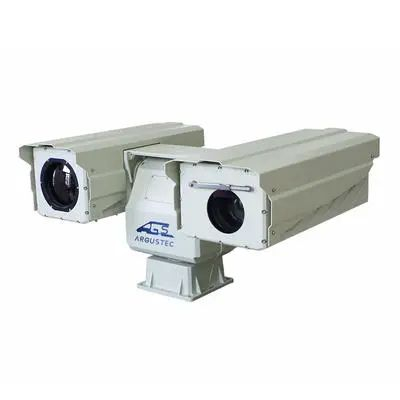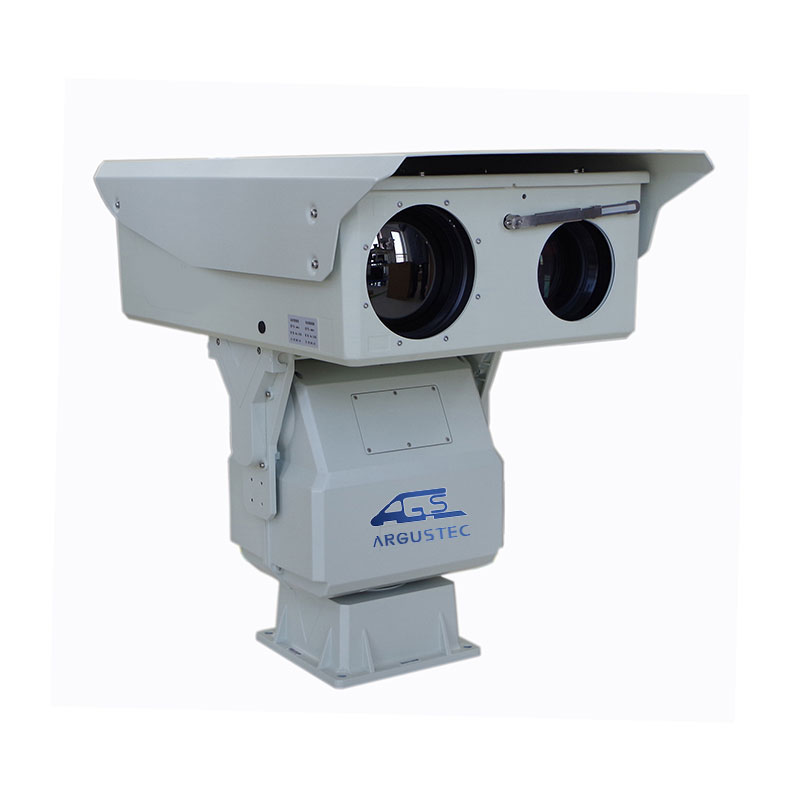
HD Outdoor VOx Thermal Imaging Camera for Forest fire protection system
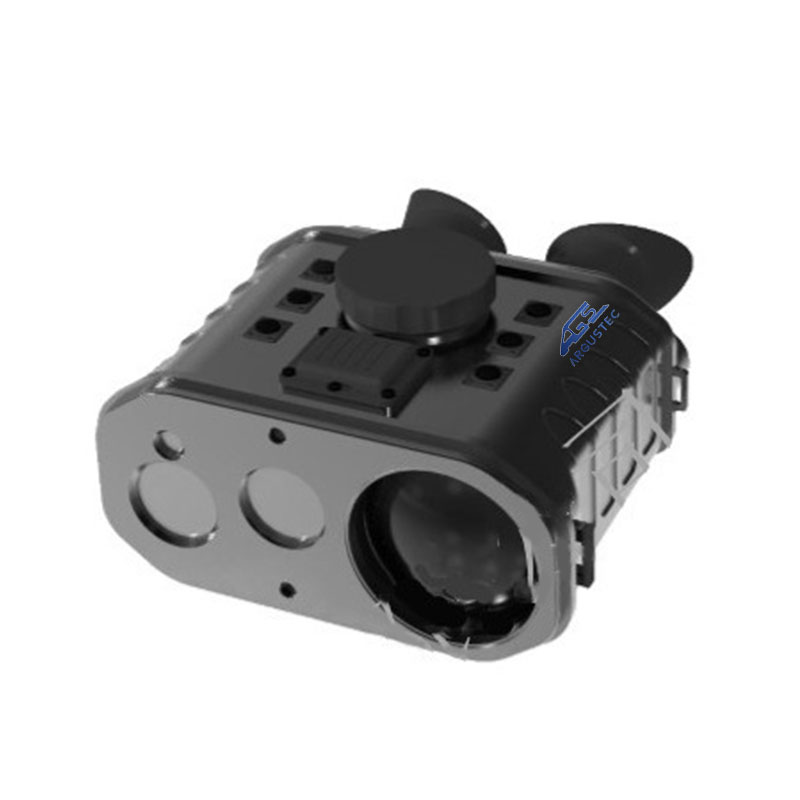
With Night Vision Long Range Thermal Handheld Camera for Outdoor
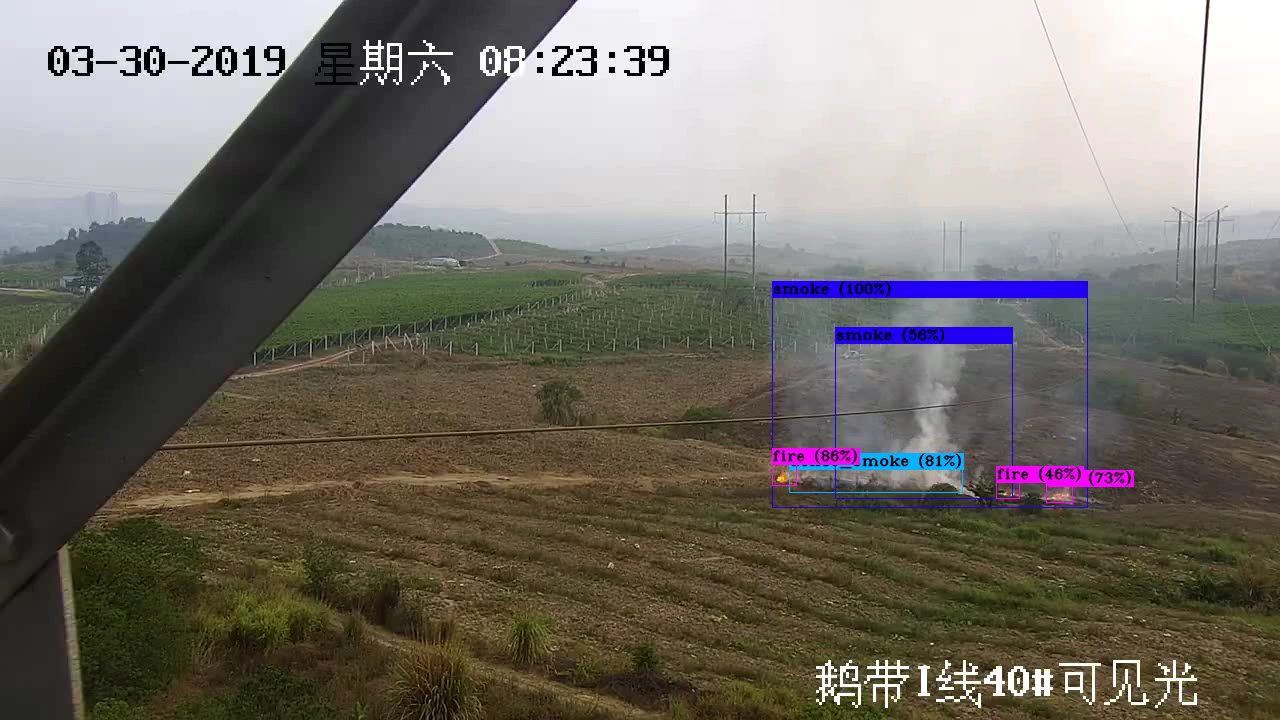
IAS100 AI Algorithm Video Analysis Software
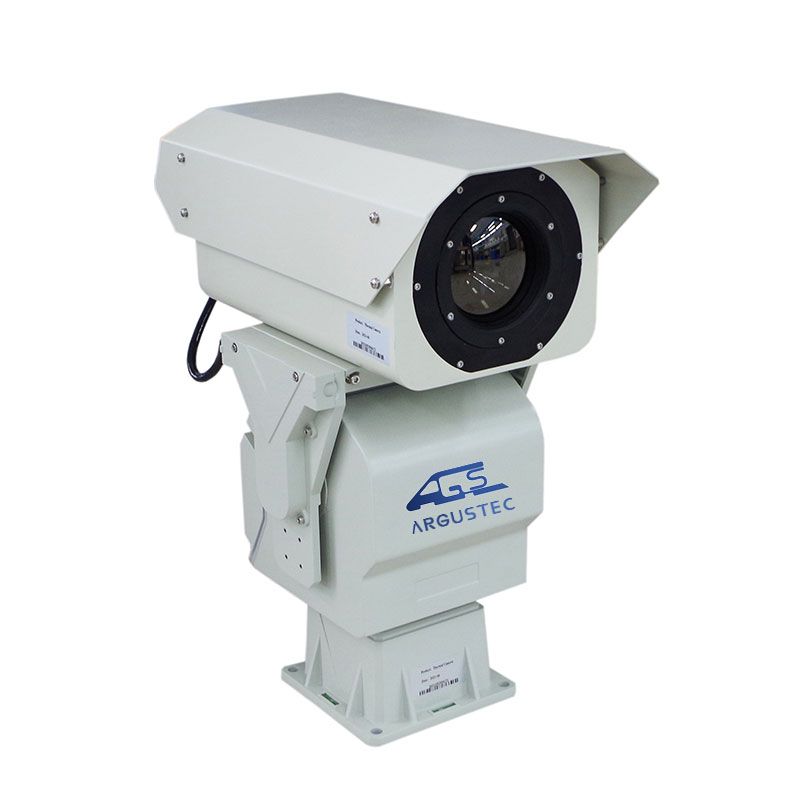
Long Range Professional Thermal Imaging Camera for Anti-UAV
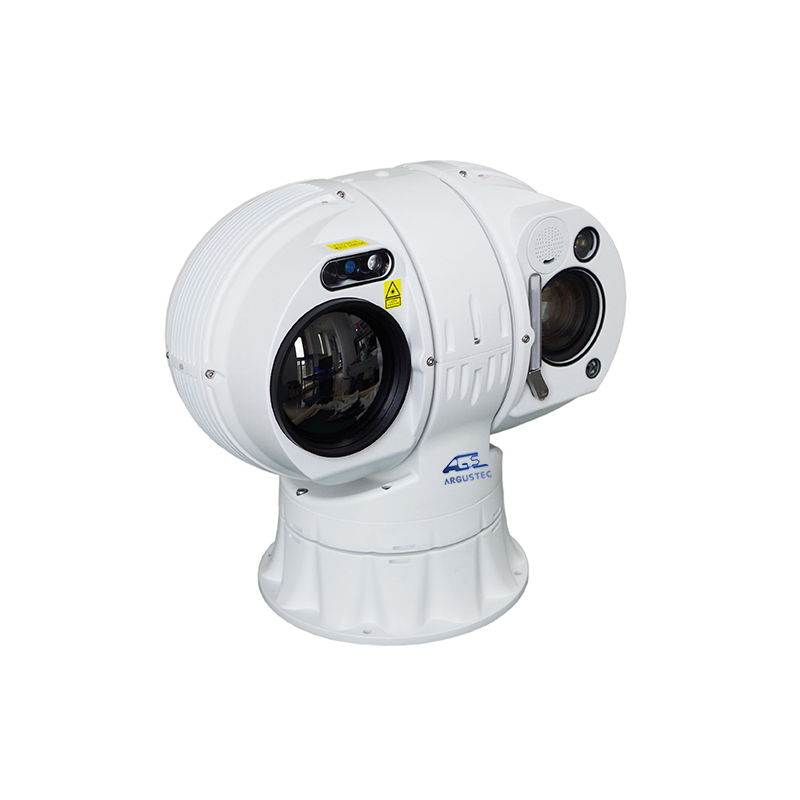
Outdoor Long Range Vehicle Mounted Camera for Oilfieleafety

Handheld AI Intelligent Thermal Imaging Laser Bird Repeller
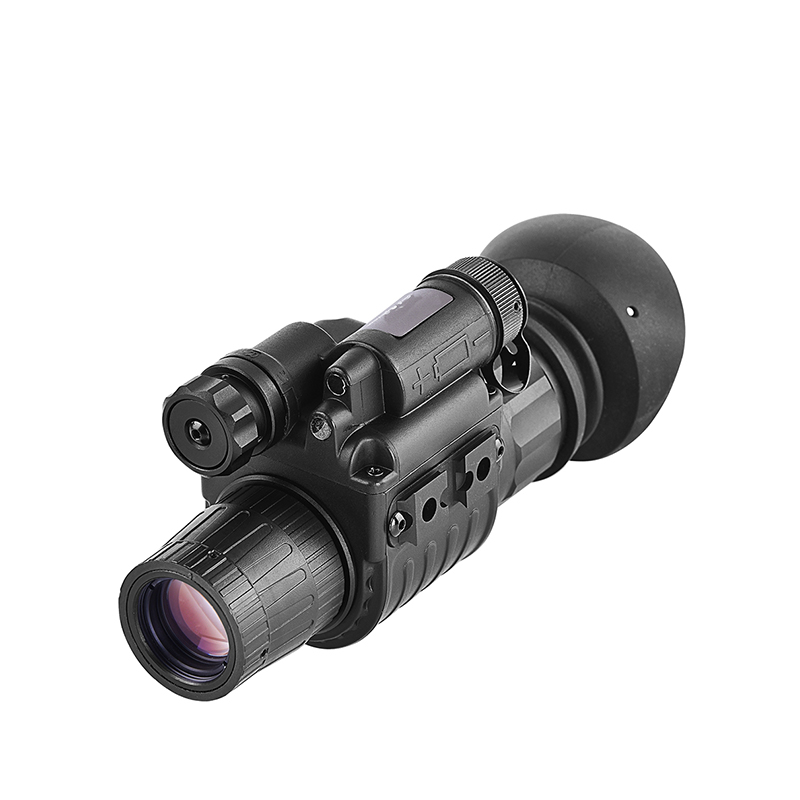
outdoor Popular Newest Night Vision Goggles for Wildlife
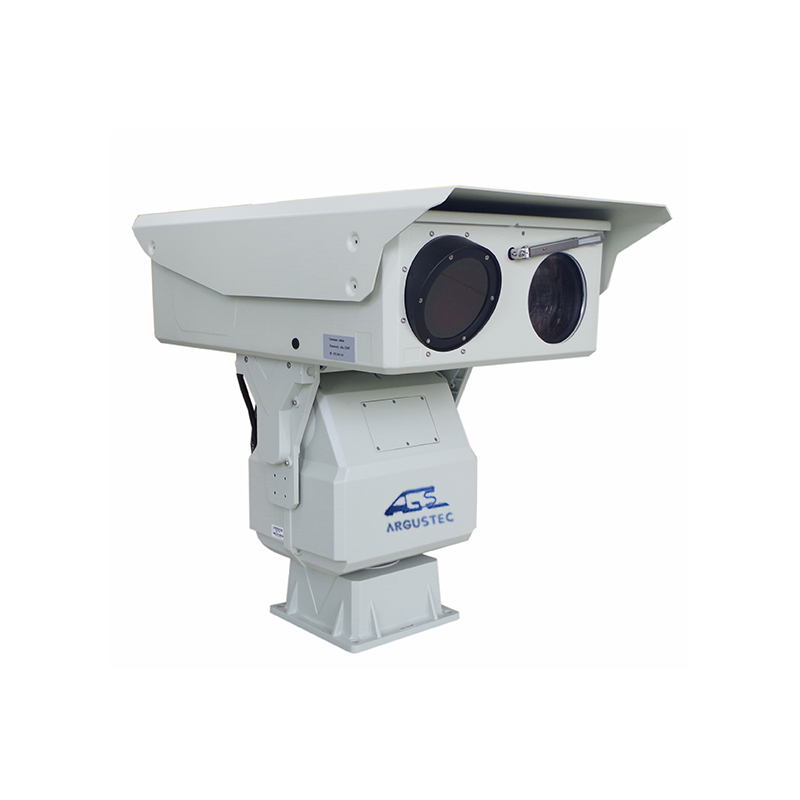
HD Long Distance Dual Sensor PTZ Thermal Imaging Camera

360° Infrared Panoramic E.O.S System Accessories
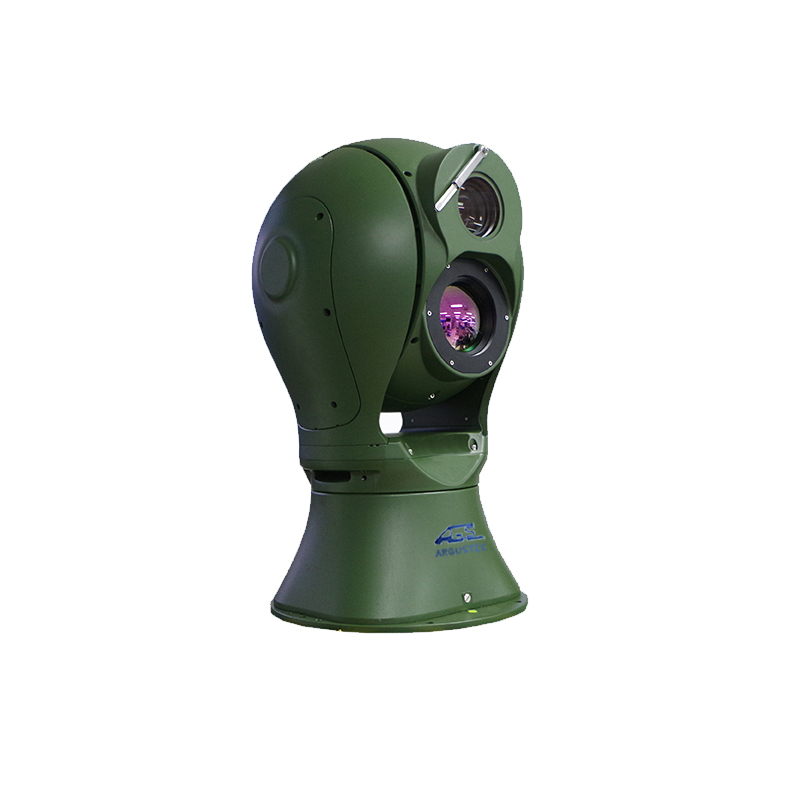
IR PTZ VOx Optical Platform Thermal Imaging Camera for Border Defense
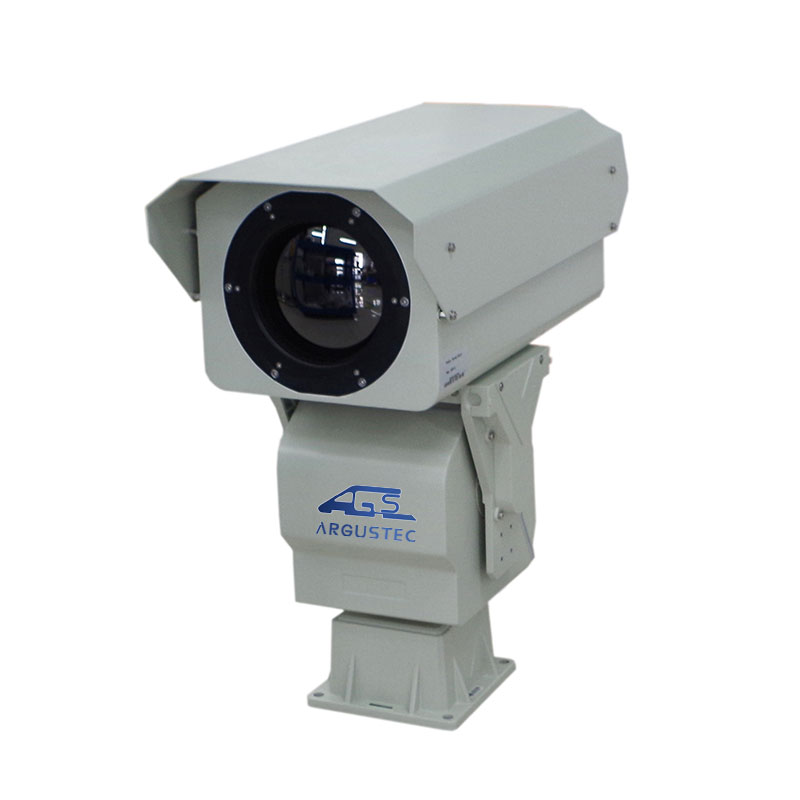
VOx Long Range Professional Thermal Imaging Camera for Firefighting

2022 New Generation Argus Mobile Solar Light Tower
 English
English

